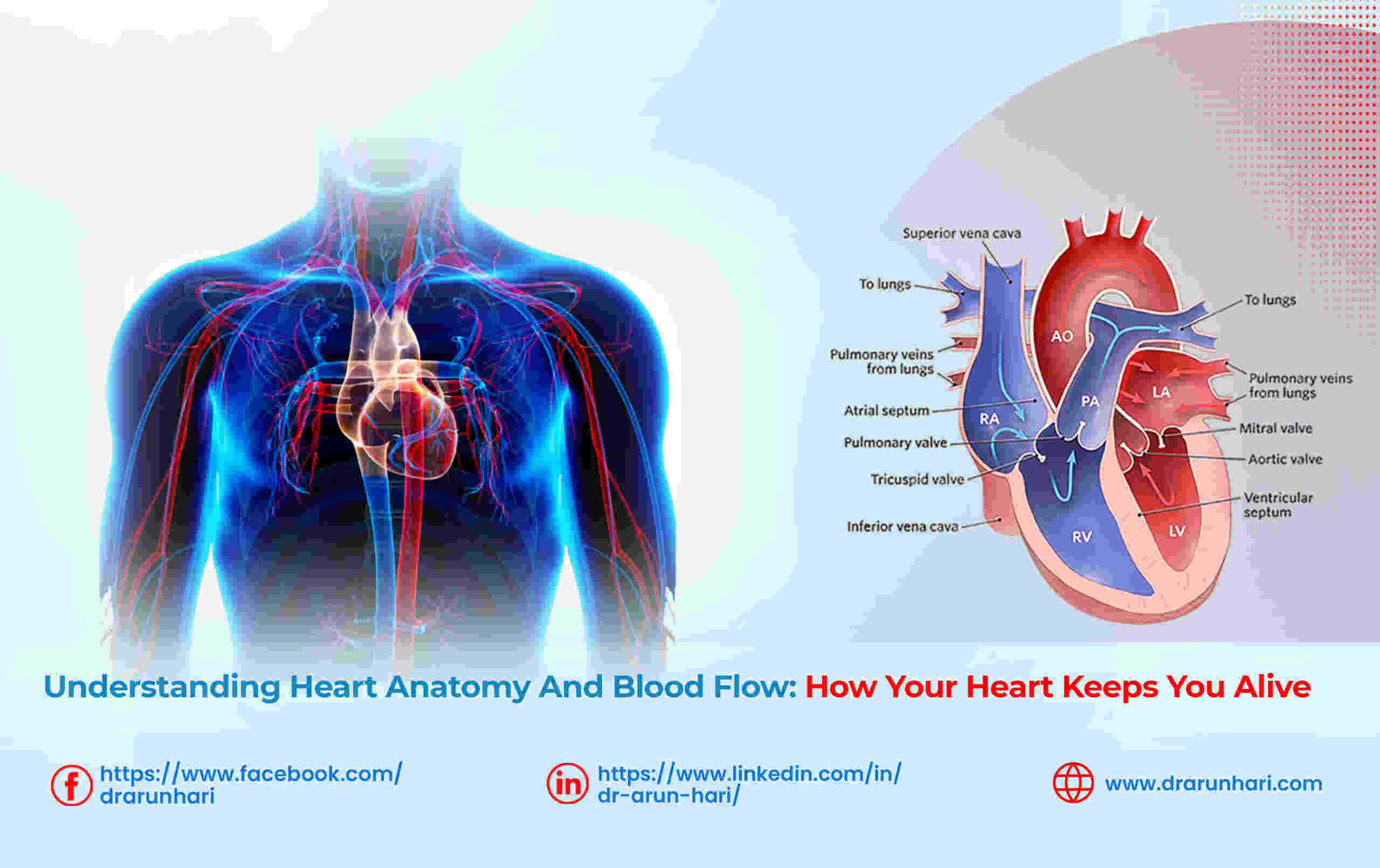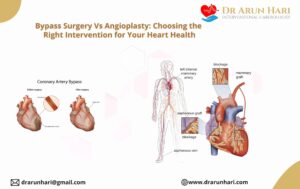Valves and Blood Flow Regulation
About Heart Anatomy and Blood Flow
The human heart is a remarkable organ that plays a vital role in sustaining life. It serves as a muscular pump responsible for circulating blood throughout the body, supplying oxygen and nutrients to all cells while removing waste products. To comprehend the intricacies of heart function, let’s delve into the anatomy of the heart and explore the fascinating journey of blood flow through its chambers.
Heart Location
The heart is nestled within the chest cavity, between the lungs and slightly to the left of the midline. It rests behind the breastbone (sternum) and is positioned in such a way that its base is directed upward, while the apex points downward and slightly to the left. Its orientation allows for efficient blood flow through the circulatory system.
Heart Structure
The human heart consists of four chambers, two atria (singular: atrium) and two ventricles. The right atrium and right ventricle compose the right side of the heart, while the left atrium and left ventricle constitute the left side.
The Right Side of the Heart
Deoxygenated blood enters the heart through the superior and inferior vena cava, the body’s largest veins, carrying blood from the upper and lower parts of the body, respectively. The blood flows into the right atrium, where it collects before being pumped to the right ventricle. From there, the right ventricle contracts, propelling the blood into the pulmonary artery. This artery branches into two, leading to the lungs. In the lungs, carbon dioxide is exchanged for oxygen, and the oxygenated blood returns to the heart.
The Left Side of the Heart
The oxygenated blood from the lungs enters the heart through the pulmonary veins and is deposited into the left atrium. The left atrium tends to contract, which results in pushing the blood towards the left ventricle. The left ventricle, being the most muscular chamber, contracts forcefully, sending the oxygen-rich blood out of the heart through the largest artery in the body, the aorta. From the aorta, the blood is distributed to various arteries that supply oxygen and nutrients to the entire body.
Valves and Blood Flow Regulation
To prevent backflow and ensure unidirectional blood flow, the heart is equipped with valves. On the right-hand side, there is this tricuspid valve, which tends to separate the right atrium from the right ventricle, whereas the pulmonary valve tends to guard the right ventricle’s exit into the pulmonary artery. On the left side, the mitral valve separates the left atrium from the left ventricle, and the aortic valve guards the exit of the left ventricle into the aorta. These valves open and close in response to pressure changes, allowing blood to flow forward while preventing regurgitation.
Cardiac Cycle
The cardiac cycle refers to the sequence of events that occur in the heart during one complete heartbeat. It consists of two phases: diastole and systole. During diastole, the heart relaxes, allowing the atria to fill with blood. The ventricles also begin to fill. Systole follows, during which the atria contract, pushing blood into the ventricles. Subsequently, the ventricles contract, forcing blood out of the heart.
Coronary Circulation
While the heart tirelessly pumps blood to nourish the body, it requires its own blood supply. Coronary circulation involves the network of arteries and veins that supply oxygenated blood to the heart muscle itself. The coronary arteries branch off from the aorta, encircle the heart, and deliver vital nutrients and oxygen. The deoxygenated blood is then collected by the coronary veins and returned to the right atrium to be reoxygenated.
Consult Doctor Arun for Any Heart Ailments
In conclusion, the heart, located in the chest cavity, orchestrates the intricate circulation of blood throughout the body. With its four chambers and valves, it efficiently pumps oxygenated and deoxygenated blood, ensuring that every cell receives the vital resources it needs. Understanding the heart anatomy and blood flow must have provided you with valuable insights into the miraculous machinery that keeps us all alive. Well! If something goes wrong with this miraculous organ, then it is a thing of great concern. You should immediately step into the clinic of Doctor Arun if you feel anything fishy with your heart at any time of your life. Delays could be fatal; so, always act immediately!





